Melbourne Zoo welcomes baby elephant to the herd
The birth of an Asian elephant calf at Melbourne Zoo has caused a trunk load of excitement – and there are two more babies on the way
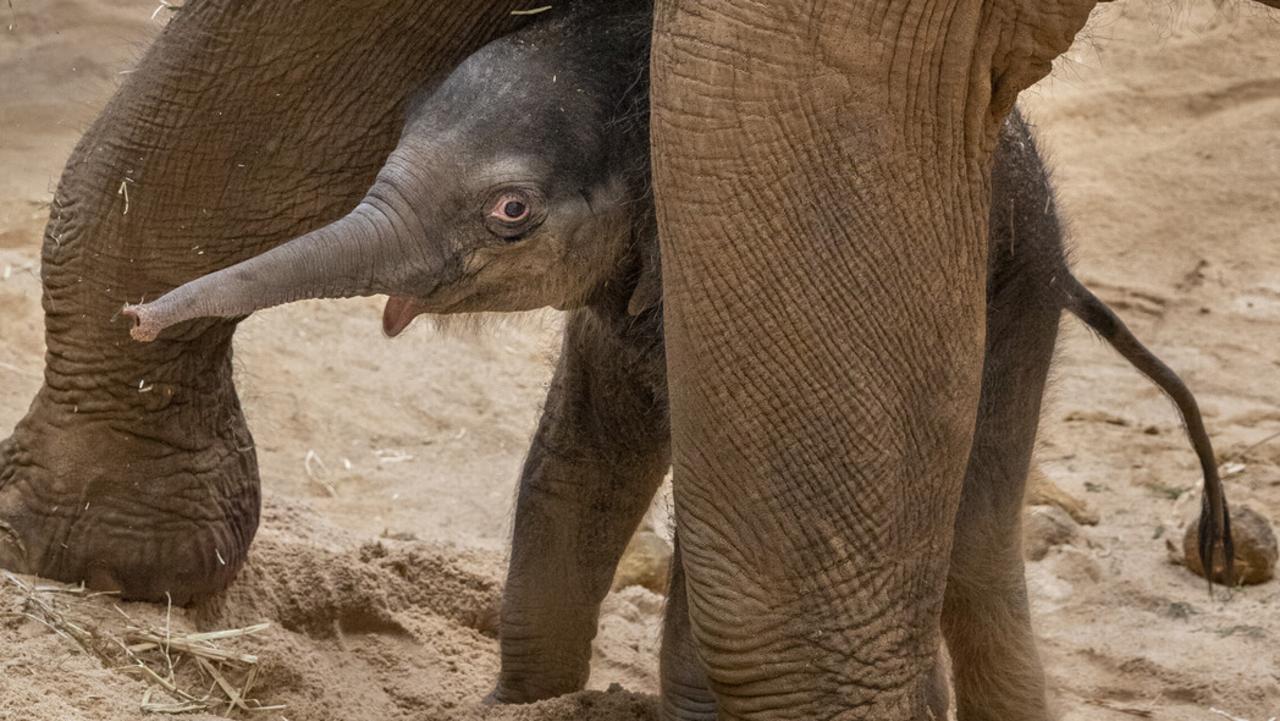
READING LEVEL: GREEN
A trunk load of excitement has arrived at Melbourne Zoo with the birth of a baby elephant.
The zoo welcomed the Asian elephant calf just after 1am on November 16, with mother Dokkoon delivering the baby after a 22 month pregnancy – that’s almost two years!
Melbourne Zoo Trail of the Elephants life science manager Erin Gardiner said the zoo was thrilled with its newest addition, who was staying close to mum.
“It is such a joy to welcome this beautiful elephant calf to our herd and to witness its first interactions* with its mother and other members of the herd,” she said.
“We are giving mother and calf all the quiet time and space they need to bond and develop their relationship with one another and the herd.
“We look forward to introducing the calf to our community of elephant lovers in the coming days.”
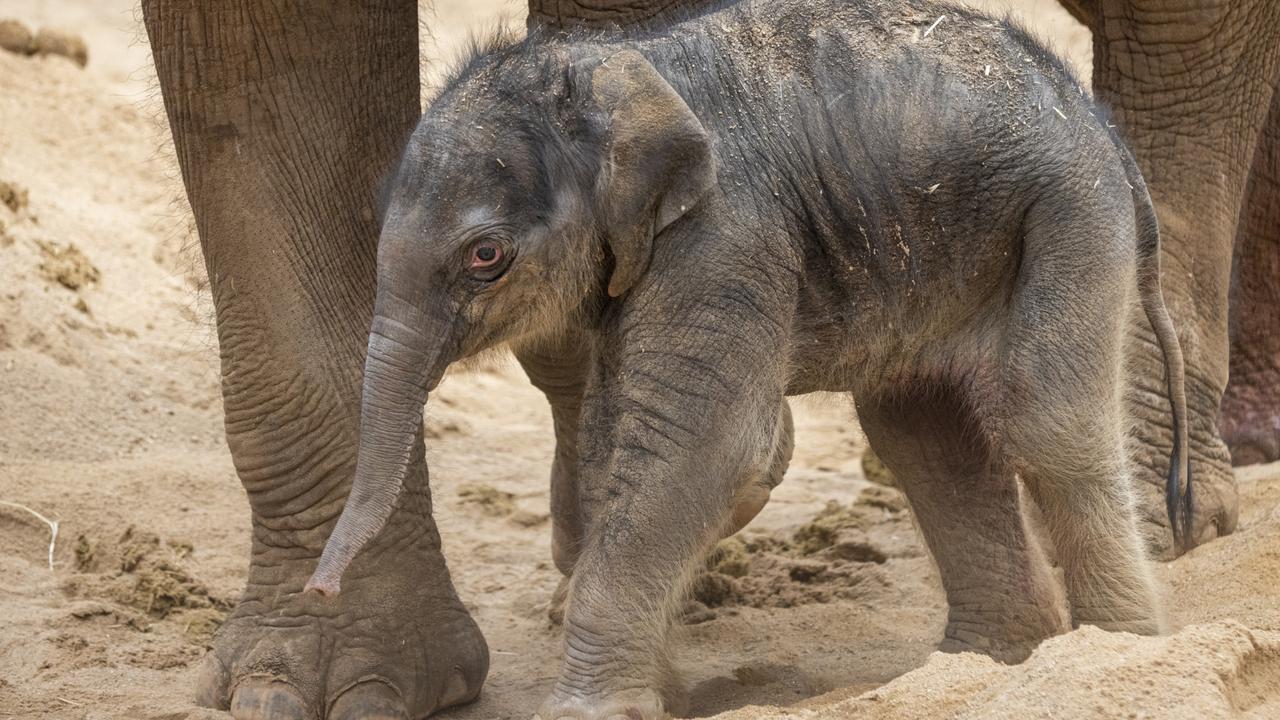
The calf’s father, Luk Chai, was born at Taronga Western Plains Zoo, but now lives at Melbourne Zoo.
The calf, who will be named in the coming weeks through a Zoos Victoria community competition, is the first of three calves set to join the herd in the coming months, with Num Oi and Mali also pregnant.
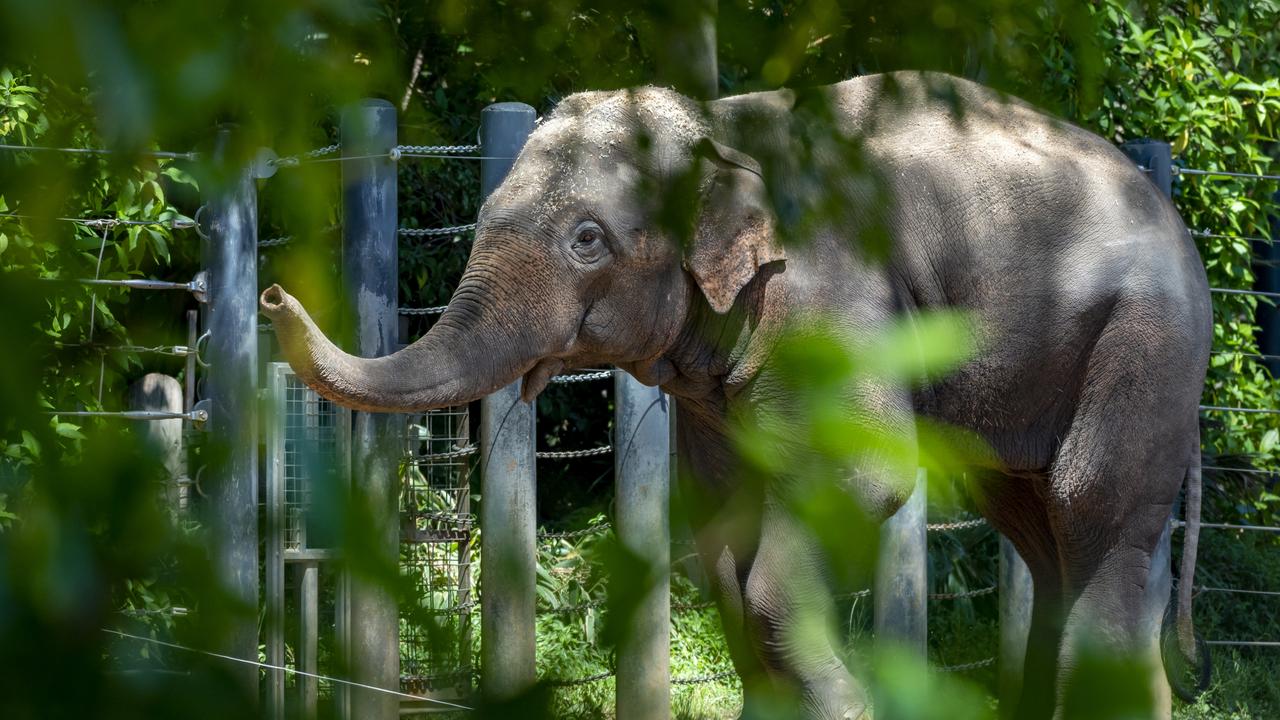
While the calves will be born at Melbourne Zoo, they will join the whole herd in moving to Werribee Open Range Zoo in 2024, after an $88 million expansion is finished.
The new space at Werribee Open Range Zoo, funded by the Victorian Government, will provide the herd with a state-of-the-art home and 21ha to roam.
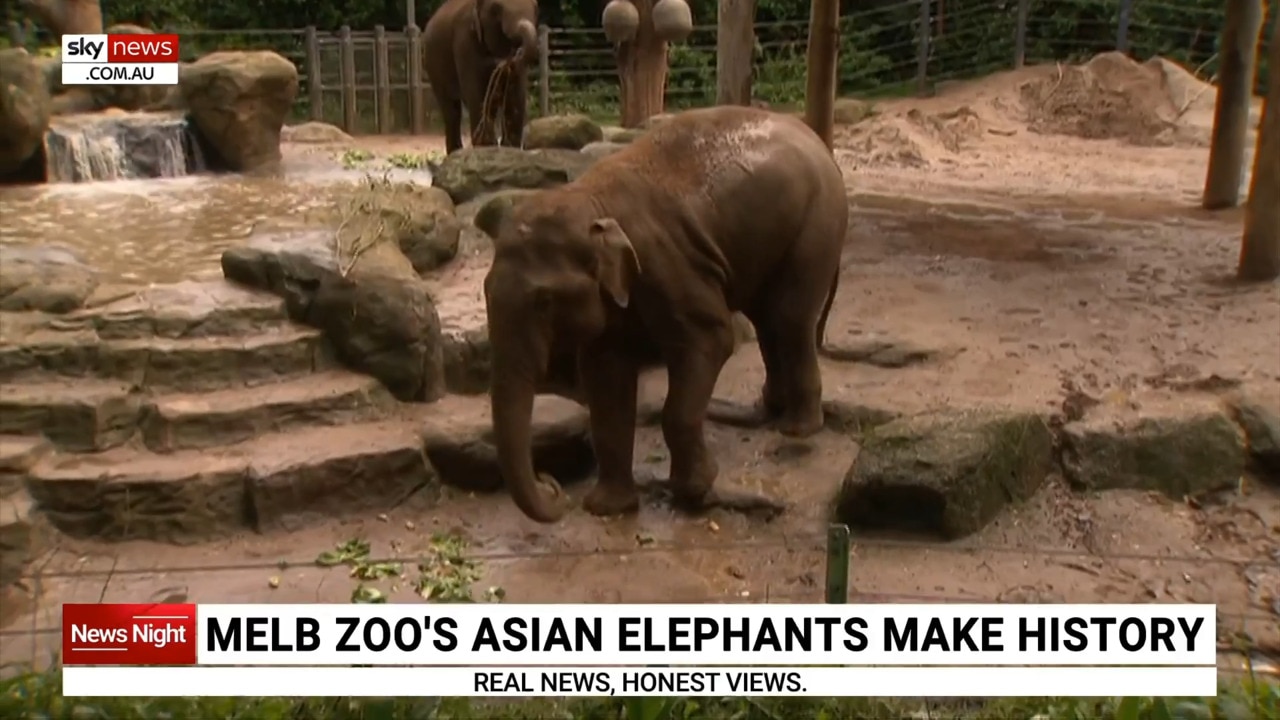
ELEPHANT FACTS
- Elephants are matriarchal*, meaning the females live in a herd together, while the males live by themselves or in small bachelor* groups in the wild.
- Wild Asian elephants eat leaves, flowers, fruits, shrubs, grasses and roots.
- Their diet at the zoo is mostly hay and lucerne, along with treats of carrots, apples, bread, sugar cane, bamboo and leafy branches.
- The population of Asian elephants is decreasing, with 30,000-50,000 left in the wild.
- Asian elephants are considered an endangered* species.
- Elephant tusks are a modified form of upper incisors, the front teeth that many animals use for cutting food.
- Their trunks are used for feeding, watering, smelling, touching, communicating, lifting, dusting, and fighting. Trunks can hold up to 8.5 litres of water.
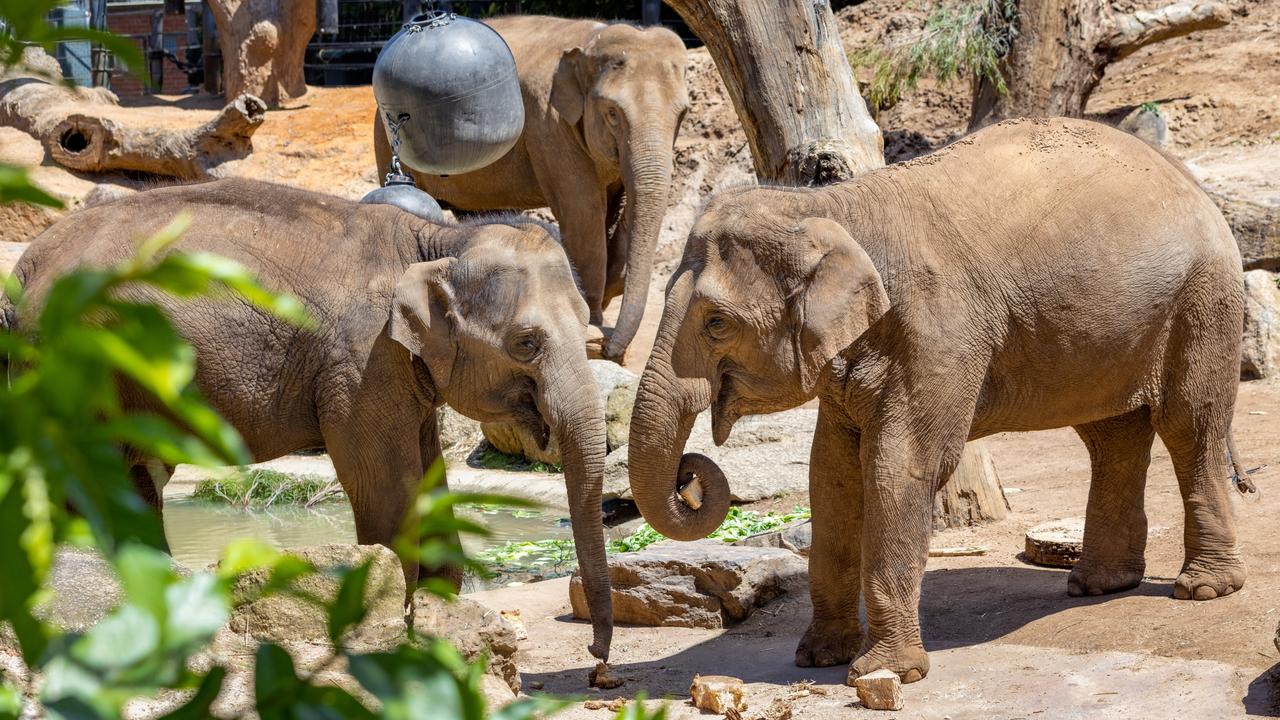
GLOSSARY
- interactions: communications or direct involvements
- matriarchal: to do with a female being the head of a family or herd
- bachelor: a male who does not have wife or permanent partner
- endangered: at risk of becoming extinct in the wild
EXTRA READING
Ivory trade leads to tuskless elephants
China’s wandering elephants head home
Animals lend a helping hand at the zoo
QUICK QUIZ
- Which zoo was the baby elephant born at?
- What is the baby’s mother’s name
- How long was the mother pregnant?
- How many other elephants at the zoo are also pregnant?
- How many Asian elephants are left in the wild?
LISTEN TO THIS STORY
CLASSROOM ACTIVITIES
1. Baby announcement
Create a “baby announcement” sign that could be displayed at the zoo to introduce the new elephant calf to the public. Include some essential details, such as the baby’s date of birth and parents. Think about what you think the elephant should be named (and why) and include this on your baby announcement. Think about the visual design of your sign, making it look attractive and giving prominence to the details that you think are the most important or interesting.
Time: allow 30 minutes to complete this activity
Curriculum Links: English; Visual Arts
2. Extension
Baby elephants are called calves. Think of 10 other zoo animals and find out the baby name for each of them.
Time: allow 15 minutes to complete this activity
Curriculum Links: English
VCOP ACTIVITY
Imaginative dialogue
Imagine the baby elephant can talk and create a conversation between you and the calf on its first day of life at the zoo.
Don’t forget to try to use facts and details from the article to help make your dialogue as realistic as possible.
Go through your writing and highlight any punctuation you have used in green. Make sure you carefully check the punctuation used for the dialogue and ensure you have opened and closed the speaking in the correct places.

